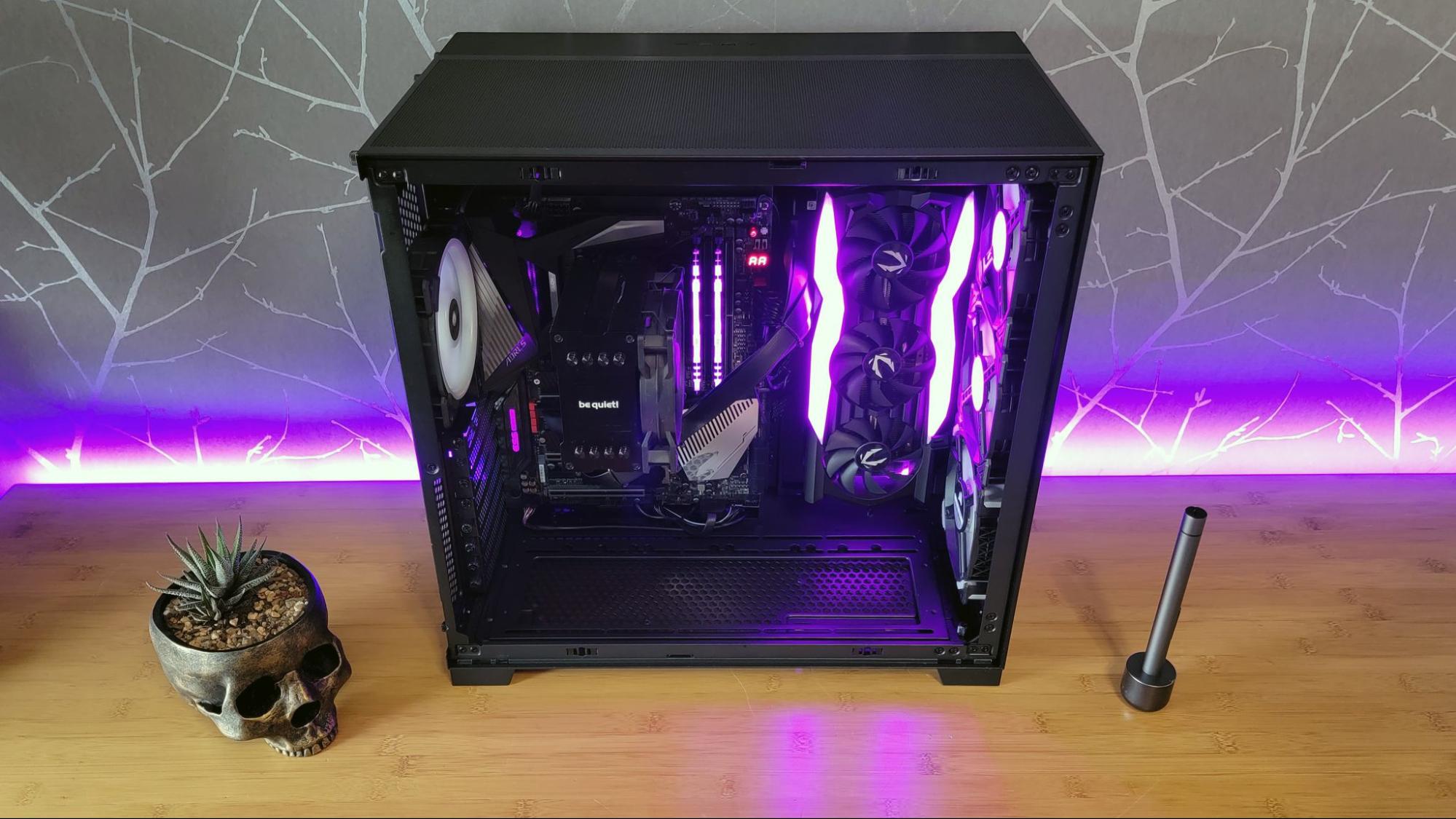

Articles
How To Make Computer Fan Quieter
Modified: March 25, 2024
Looking for articles on how to make your computer fan quieter? Get expert tips and tricks to reduce fan noise and improve your computer's performance.
(Many of the links in this article redirect to a specific reviewed product. Your purchase of these products through affiliate links helps to generate commission for Storables.com, at no extra cost. Learn more)
Introduction
Computer fans are an essential component of any computer system, helping to regulate temperature and prevent overheating. However, a noisy computer fan can be incredibly annoying and disruptive, especially if you use your computer for extended periods. Fortunately, there are several steps you can take to make your computer fan quieter, allowing you to work or play without the constant noise.
In this article, we will explore different strategies to make your computer fan quieter. We will start by understanding how computer fans work and diagnosing the noise issue. We will then move on to cleaning and lubricating the fan, as well as replacing it if necessary. Additionally, we will discuss how to monitor fan speed and use fan speed control software. Finally, we will explore options to enhance airflow and install sound-dampening materials to further reduce noise.
By implementing these techniques, you can enjoy a quieter computer experience, whether you are working on a document, gaming, or simply browsing the web.
Key Takeaways:
- Keep your computer fan running quietly by cleaning, lubricating, or replacing it. Monitor fan speed and use control software for optimal performance. Enhance airflow and consider sound-dampening materials for a peaceful computing experience.
- Understanding your computer fan and diagnosing noise issues are crucial. Experiment with various techniques to find the best solution for your unique setup. Enjoy a quieter and more enjoyable computing experience.
Read more: How To Make AC Quieter
Understanding Computer Fans
Before we delve into making computer fans quieter, it is important to understand how they function. Computer fans are designed to cool down the internal components of your computer, such as the CPU, GPU, and power supply unit. They work by drawing cool air from the surroundings and blowing it across the heat-generating components, dissipating the heat and maintaining optimal operating temperatures.
Computer fans are typically categorized into two main types: CPU fans and case fans. CPU fans are specifically designed to cool down the central processing unit (CPU), which is one of the most heat-intensive components in a computer. Case fans, on the other hand, are responsible for maintaining airflow within the computer case, ensuring that cool air is brought in and hot air is expelled.
Both CPU fans and case fans are equipped with spinning blades that generate airflow. These blades rotate at a high speed, which can result in a noticeable amount of noise. However, excessive noise can be an indicator of a problem that needs to be addressed.
It is also worth noting that the noise level of computer fans is measured in decibels (dB). The lower the decibel rating, the quieter the fan. It is common for computer fans to have a noise level ranging from 20 dB to 40 dB. However, anything above 40 dB can be considered noisy and may require troubleshooting.
Now that we have a basic understanding of computer fans, let’s move on to diagnosing the noise issue and finding ways to make them quieter.
Diagnosing the Noise Issue
When it comes to making your computer fan quieter, the first step is to identify the source of the noise. There are several potential causes of a noisy fan, and diagnosing the issue will help you determine the most appropriate solution.
Here are a few common causes of loud computer fans:
- Dust and debris: Over time, dust and debris can accumulate on the fan blades and obstruct airflow. This can cause the fan to work harder and generate more noise.
- Faulty bearings: The bearings inside the fan can wear out over time, leading to a grinding or rattling noise.
- Fan placement: In some cases, the fan may be installed in a way that causes it to vibrate against other components or the computer case, resulting in noise.
- Excessive fan speed: Sometimes, the fan may be running at a higher speed than necessary, generating more noise than required.
To diagnose the noise issue, you can follow these steps:
- Listen closely to determine the exact source of the noise. Is it coming from the CPU fan or the case fans?
- Check for any visible signs of dust or debris on the fan blades. Use a flashlight to get a closer look.
- If you suspect faulty bearings, gently spin the fan blades with your finger. If there’s any grinding or resistance, it may indicate a problem with the bearings.
- Ensure that the fan is securely mounted and not vibrating against other components.
- Check the fan speed settings in the BIOS or through fan control software. Reduce the fan speed to see if it helps reduce the noise.
By following these steps, you will have a better understanding of the underlying cause of the noise issue. In the next sections, we will explore various solutions to make your computer fan quieter, starting with cleaning the fan.
Cleaning the Fan
One of the most common causes of a noisy computer fan is the accumulation of dust and debris on the fan blades. Cleaning the fan can significantly reduce noise levels and improve airflow. Here’s how you can clean your computer fan:
- Start by shutting down your computer and unplugging it from the power source.
- Open the computer case to access the fan. Consult your computer’s manual or manufacturer’s website for specific instructions on how to open the case.
- Once the case is open, locate the fan that is producing the noise. It could be the CPU fan or one of the case fans.
- Use a can of compressed air to blow out any dust or debris on the fan blades. Hold the can upright and avoid tilting it, as this can cause liquid to escape and potentially damage the fan or other components.
- Hold the fan in place with your finger or a small brush to prevent it from spinning while you clean it.
- Continue blowing compressed air on the fan until all the dust and debris are dislodged. Pay close attention to the areas between the fan blades.
- If the dust or debris is stubborn and cannot be removed with compressed air, you can use a soft, lint-free cloth or a cotton swab lightly moistened with isopropyl alcohol to wipe the fan blades clean.
- Once the fan is clean, close the computer case and plug in the power source.
Regularly cleaning your computer fan can help prevent dust buildup and keep it running quietly. Aim to clean the fan every three to six months or more frequently if you live in a dusty environment.
In the next section, we will cover another step you can take to make your computer fan quieter: lubricating the fan.
Lubricating the Fan
If you have ruled out dust and debris as the cause of the noise, it is possible that the fan’s bearings may need lubrication. Over time, the lubrication inside the fan’s bearings can dry out, causing increased friction and noise. Lubricating the fan can help reduce this friction and restore smooth operation. Here’s how you can lubricate your computer fan:
- Start by shutting down your computer and unplugging it from the power source.
- Open the computer case to access the fan. Again, refer to your computer’s manual or manufacturer’s website for specific instructions.
- Identify the fan that is producing the noise and determine if it has an access hole or a removable sticker on the back. Some fans have small openings or stickers that can be peeled back to reveal the bearings.
- If there is an access hole or removable sticker, use a precision oil applicator or a small needle to apply a small amount of lubricating oil to the bearings. Be careful not to apply too much oil, as it can cause dripping or other issues.
- Gently spin the fan blades a few times to distribute the lubricant evenly.
- If your fan does not have an access hole or removable sticker, you can try using a thin syringe to inject a small amount of lubricating oil into the fan’s bearings. Exercise caution and take your time to avoid damaging the fan.
- Once the lubrication is complete, close the computer case and plug in the power source.
It is important to note that not all computer fans can be lubricated. Some fans have sealed bearings or are designed to be maintenance-free. Before attempting to lubricate your fan, confirm if it is possible for your particular model.
If lubricating the fan does not resolve the noise issue, it may be necessary to consider replacing the fan. We will discuss fan replacement and other solutions in the following sections.
Read more: Why Is My Computer Making A Fan Noise
Replacing the Fan
If cleaning and lubricating the fan did not solve the noise problem, or if the fan is damaged, replacing it may be the best course of action. Here’s how you can replace a computer fan:
- Start by shutting down your computer and unplugging it from the power source.
- Open the computer case to access the fan. Refer to your computer’s manual or manufacturer’s website for specific instructions on how to open the case.
- Identify the fan that needs to be replaced. Depending on the type, it could be the CPU fan or one of the case fans.
- Remove the screws or clips that secure the fan in place. Carefully disconnect any cables connected to the fan.
- Take note of the fan model or dimensions. This information can usually be found on the fan itself or in your computer’s documentation.
- Acquire a replacement fan that matches the specifications of the old fan. You can purchase fans from computer hardware stores or online retailers.
- Install the new fan by aligning it with the mounting holes and securing it with screws or clips. Make sure all cables are connected securely.
- Close the computer case and plug in the power source.
- Boot up your computer and observe if the new fan operates quietly.
Replacing a fan can be a straightforward process, but it is important to handle the components and cables with care to avoid any damage. If you are unsure about replacing the fan yourself, it is recommended to seek assistance from a professional or a knowledgeable individual.
Now that we have covered various approaches to addressing noisy computer fans, let’s explore ways to monitor fan speed and control it for quieter operation.
Clean the fan and its surrounding area regularly to remove dust and debris, which can cause the fan to work harder and create more noise. Regular maintenance can help keep the fan running quieter.
Monitoring Fan Speed
To make your computer fan quieter, it can be helpful to monitor its speed and adjust it accordingly. By understanding how fast the fan is spinning, you can determine if it is running at an unnecessarily high speed, generating more noise than necessary. Here are a few ways to monitor fan speed:
- BIOS: Many computers have an option in the BIOS (Basic Input/Output System) to monitor fan speed. Restart your computer and access the BIOS settings by pressing the designated key (usually DEL, F2, or F10) during the boot-up process. Look for a section related to hardware monitoring or fan control to find the fan speed information.
- Software: There are several software applications available that allow you to monitor fan speed. These programs often provide additional features, such as adjusting fan curves and setting custom fan profiles. Some popular options include SpeedFan, HWMonitor, and Open Hardware Monitor. Download and install a software of your choice and follow the instructions to monitor fan speed.
- Motherboard manufacturer software: Some motherboard manufacturers offer their own software for monitoring and controlling fan speed. Check the manufacturer’s website for any available software specific to your motherboard model.
- Third-party fan controllers: If you want more control over the fan speed, you can consider installing a third-party fan controller. These devices allow you to manually adjust the speed of each fan in your computer system. They are typically installed in an available drive bay and come with a dedicated control panel or software interface.
By monitoring fan speed, you can ensure that the fan is running at an appropriate speed, balancing cooling performance with noise levels. If you find that the fan is running at a higher speed than necessary, you can proceed to adjust the settings in the BIOS or through software to reduce the noise generated by the fan.
In the next section, we will explore the use of fan speed control software to further optimize and control fan performance.
Using Fan Speed Control Software
To fine-tune the operation of your computer fans and make them quieter, you can utilize fan speed control software. These applications allow you to adjust the fan speed based on temperature thresholds, creating a balance between cooling performance and noise levels. Here’s how you can use fan speed control software:
- Research and choose a reliable fan control software that is compatible with your computer system. Some popular options include SpeedFan, Argus Monitor, and MSI Afterburner.
- Download and install the software on your computer. Follow the installation instructions provided by the software developer.
- Open the fan control software. You will be presented with various options and settings to customize the fan speed.
- Depending on the software, you may have the option to set custom fan curves or profiles. These curves determine how the fan speed adjusts in relation to the temperature of specific components, such as the CPU or GPU. Experiment with different settings and observe the impact on noise levels and temperatures.
- Some fan control software also provides the ability to create specific fan speed presets. These presets can be activated based on your usage scenario, such as “Quiet Mode” for office work and “Performance Mode” for intense gaming or video editing.
- Save your settings and observe how the fan speed adjusts in real-time as you use your computer. Make adjustments as necessary to achieve the desired balance between cooling and noise.
Fan speed control software can give you a greater level of customization and control over your computer fans, allowing you to optimize their performance and reduce noise. However, it’s important to exercise caution when adjusting fan speeds. Ensure that your computer remains within safe temperature ranges and monitor the temperatures closely to avoid any potential overheating issues.
In the next sections, we will explore additional measures to make your computer fan quieter, including enhancing airflow and installing sound-dampening materials.
Enhancing Airflow
Improving airflow within your computer case is another effective way to make your computer fan quieter. By optimizing the circulation of air, you can help cool your components more efficiently, reducing the strain on the fans and minimizing noise. Here are a few strategies to enhance airflow:
- Cable management: Properly organize and route the cables inside your computer case. Ensure that cables are not blocking the airflow path or obstructing the fans. Use cable ties or velcro straps to secure and bundle cables together.
- Dust filters: Install dust filters on the intake fans to prevent dust from entering the case. This helps maintain clean airflow, reducing the need for frequent cleaning and preventing dust buildup on the fan blades.
- Fan placement: Consider the positioning of your case fans. Place intake fans at the front or bottom of the case to bring in cool air, and position exhaust fans at the back or top to expel hot air. This creates a natural airflow pattern within the case.
- Remove obstructions: Ensure that there are no objects blocking the intake or exhaust vents. Keep the area around your computer free from clutter and allow sufficient space for airflow.
- Upgrade CPU cooler: If you have a dedicated CPU cooler, consider upgrading to a more efficient model. A larger and more efficient CPU cooler can help dissipate heat more effectively, reducing the need for the fan to operate at higher speeds.
By optimizing airflow, you can reduce the workload on your computer fans, resulting in quieter operation while maintaining optimal cooling performance. Regularly check and clean the dust filters to prevent dust accumulation, as it can hinder airflow and increase noise levels.
Next, we will explore the option of installing sound-dampening materials to further minimize noise generated by your computer components.
Read more: How To Measure A Computer Fan
Installing Sound Dampening Materials
If you have tried various methods to make your computer fan quieter and still experience excessive noise, installing sound dampening materials can be a viable solution. These materials are designed to absorb and reduce noise, creating a quieter environment for your computer components. Here’s how you can install sound dampening materials:
- Identify the areas in your computer case that contribute the most to the noise. This can include the side panels, top panel, or any other surfaces that resonate or vibrate.
- Purchase sound dampening materials such as acoustic foam pads, vibration-dampening rubber grommets, or noise-absorbing foam. These can be found at hardware stores or online retailers.
- Clean the surfaces where you will be applying the sound dampening materials. Ensure they are free from dust and debris.
- Measure and cut the sound dampening materials to fit the desired areas. Use a sharp utility knife or scissors to make precise cuts.
- Remove the adhesive backing from the sound dampening materials and carefully apply them to the targeted areas. Press firmly to ensure proper adhesion.
- Pay extra attention to areas that have a direct impact on noise reduction, such as the side panels near the CPU or GPU fans, or any other surfaces that may resonate or vibrate.
- Close the computer case and power up your computer.
By installing sound dampening materials, you can effectively minimize noise caused by vibrations and resonances within your computer case. These materials absorb and dampen sound waves, resulting in a quieter computing experience.
Remember to regularly clean and maintain your computer case, including the sound dampening materials, to ensure optimal performance and longevity.
With the strategies mentioned in this article, you should be able to successfully make your computer fan quieter. Experiment with different methods and combination of techniques to find the best solution for your needs. Remember, a quiet computer fan not only provides a more comfortable environment but also helps prolong the lifespan of your components by keeping them cool and operating efficiently.
Good luck in your quest for a quieter computing experience!
Conclusion
Noisy computer fans can be a constant source of irritation and frustration, but with the right strategies, you can make your computer fan quieter and enjoy a more pleasant computing experience. Throughout this article, we have explored various techniques to achieve a quieter fan operation.
We started by understanding the basics of computer fans and diagnosing the noise issue. We then discussed the importance of cleaning and lubricating the fan to improve its performance and reduce noise. If these steps didn’t solve the problem, we explored the option of replacing the fan altogether. Additionally, we learned how to monitor fan speed and utilize fan speed control software for more precise control over fan operation.
To further optimize quietness, we examined ways to enhance airflow within the computer case and provide proper cable management. Lastly, we considered installing sound-dampening materials to absorb noise and vibrations.
It’s important to note that every computer system is unique, and the effectiveness of these techniques can vary. It may require some experimentation and trial-and-error to find the best combination of methods that work for your specific setup.
By implementing these strategies, you can create a more peaceful computing environment and extend the life of your computer components. Remember to regularly clean your computer, monitor fan speed, and stay vigilant for any potential issues that may arise.
Here’s to a quieter and more enjoyable computing experience!
Frequently Asked Questions about How To Make Computer Fan Quieter
Was this page helpful?
At Storables.com, we guarantee accurate and reliable information. Our content, validated by Expert Board Contributors, is crafted following stringent Editorial Policies. We're committed to providing you with well-researched, expert-backed insights for all your informational needs.
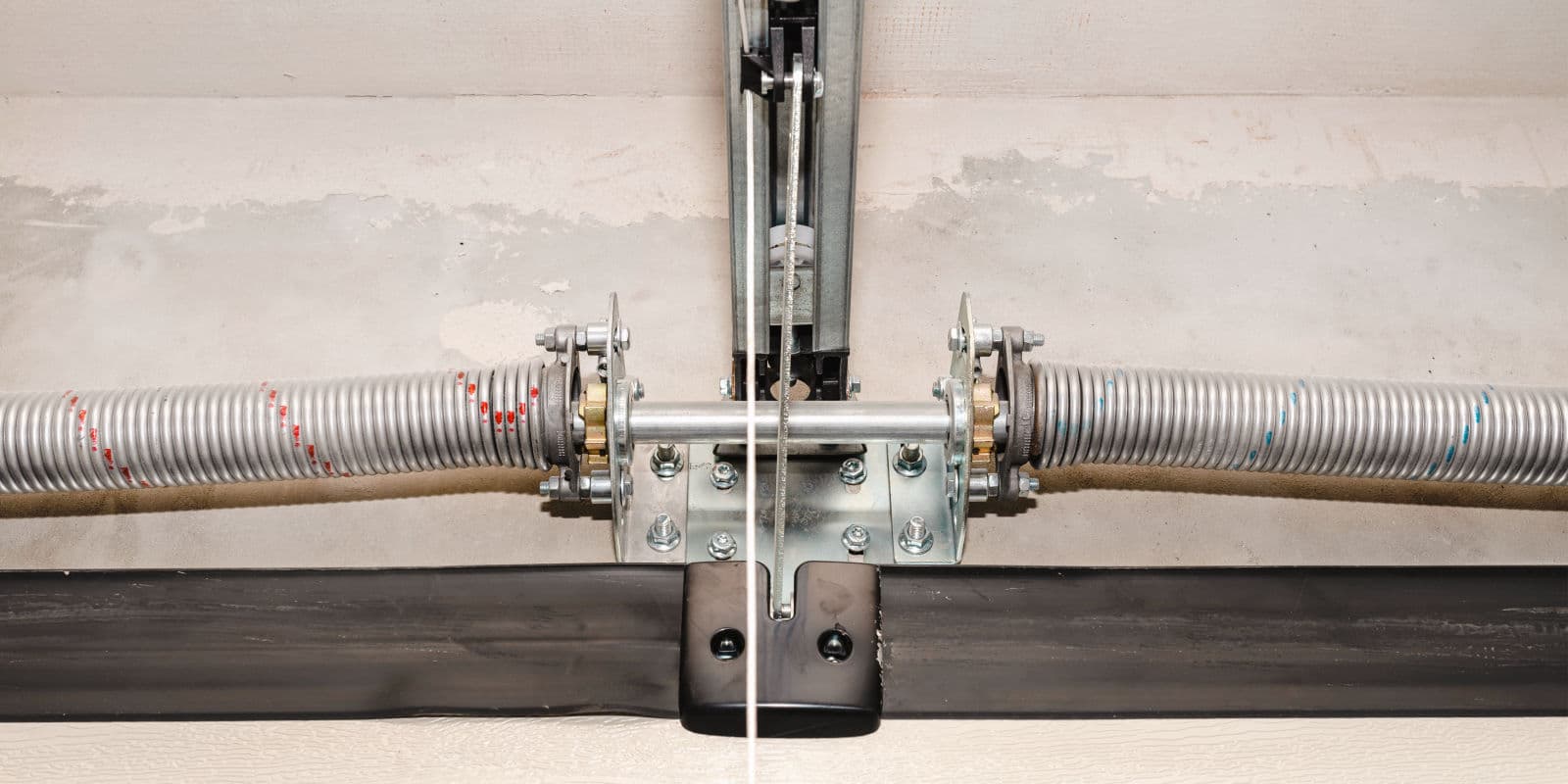
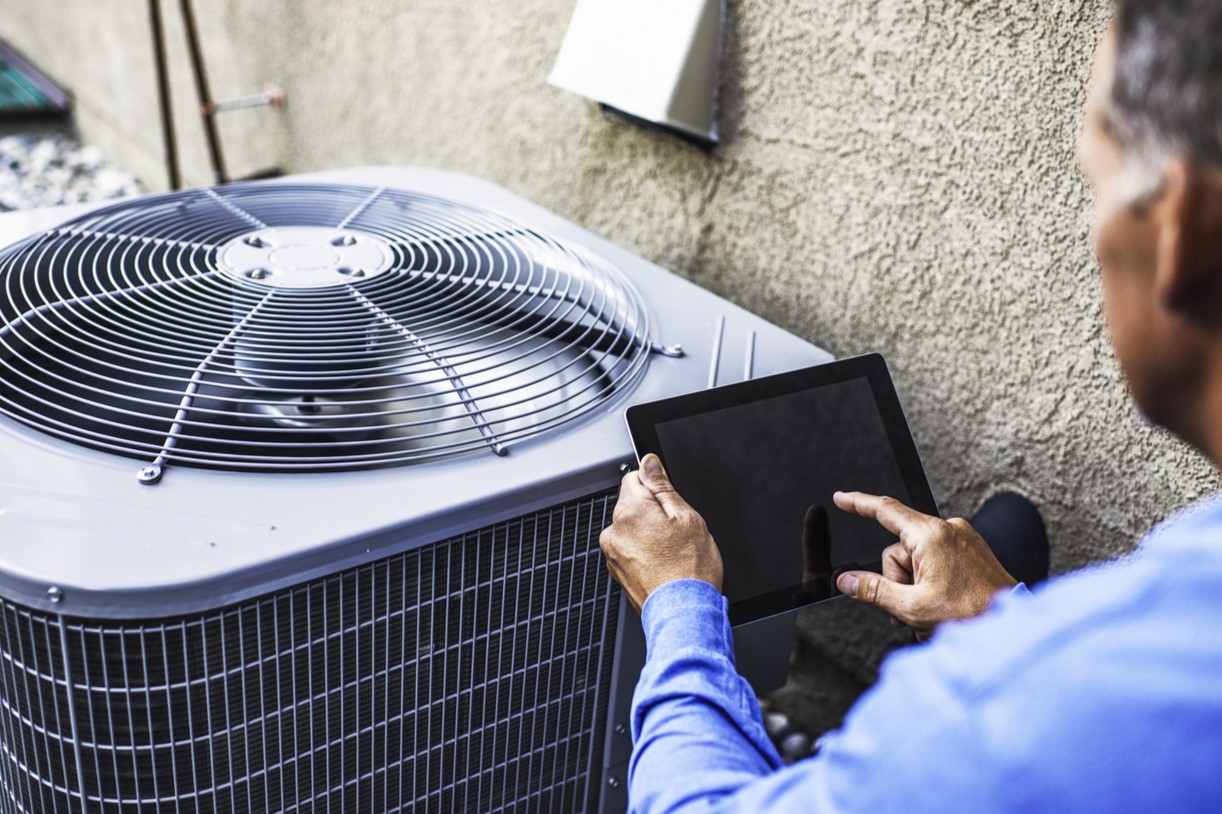



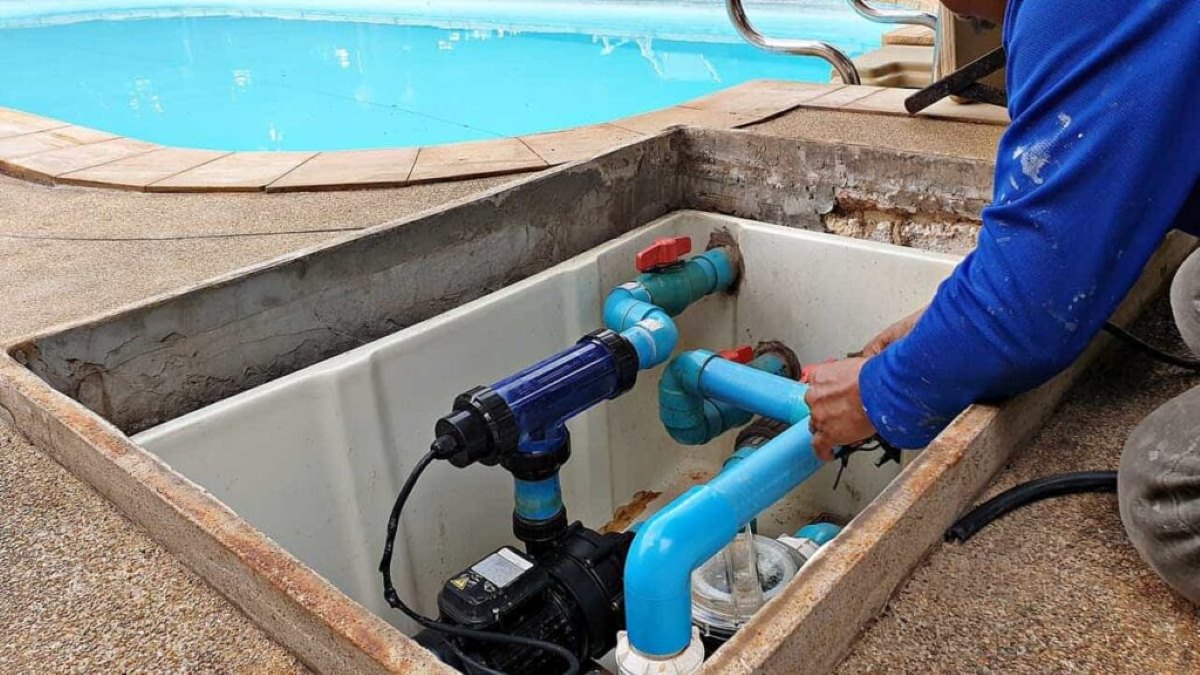
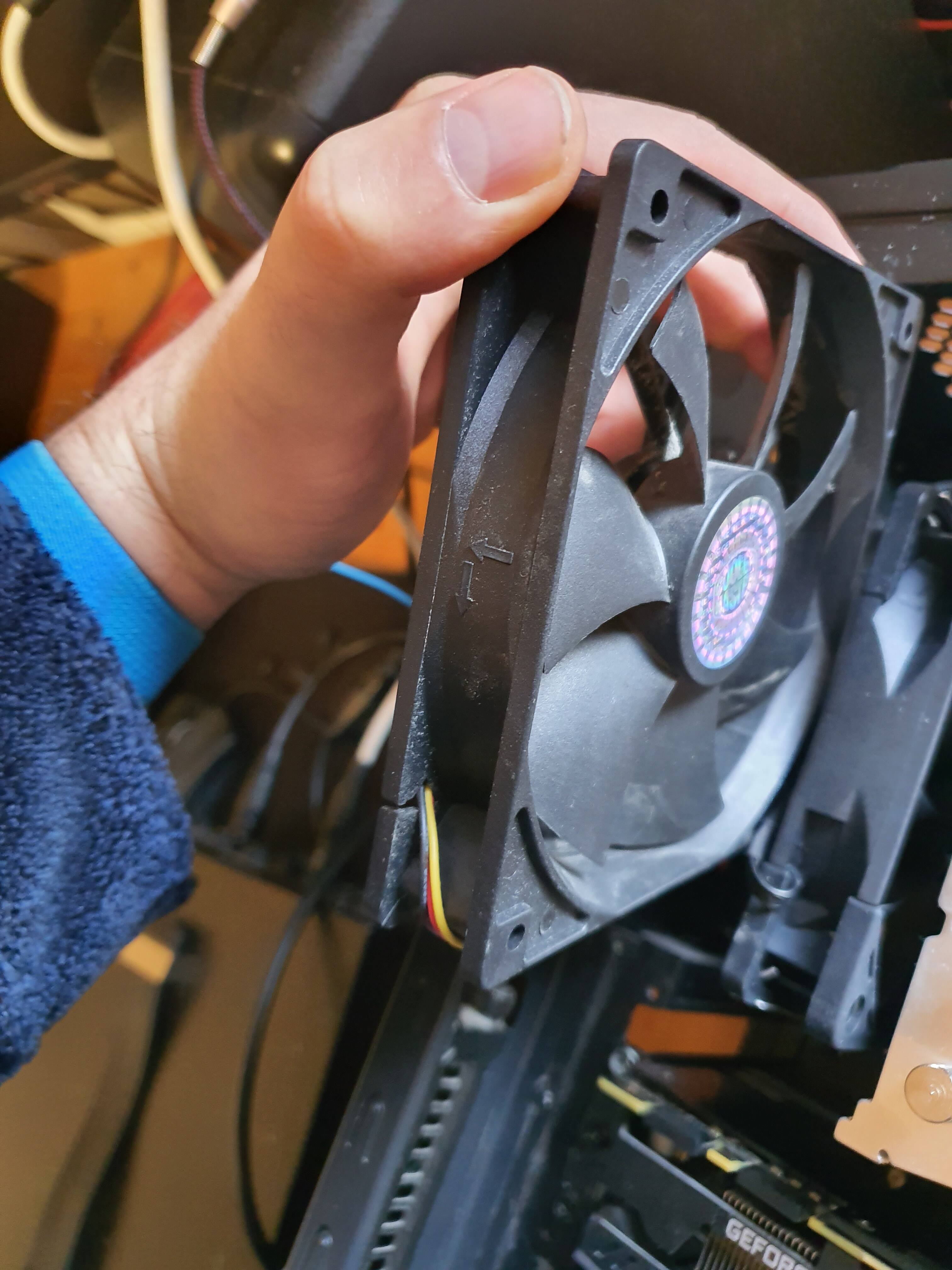

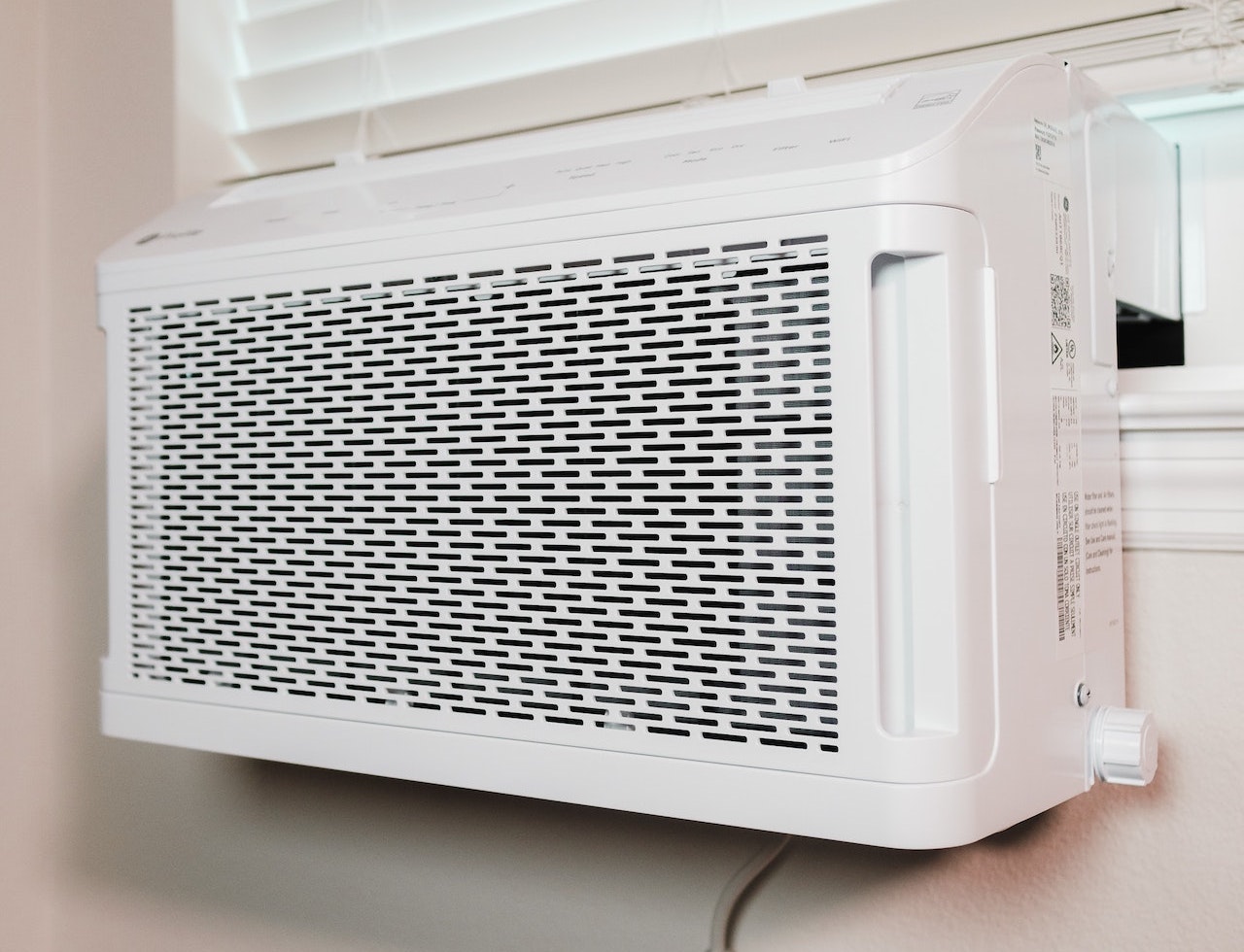

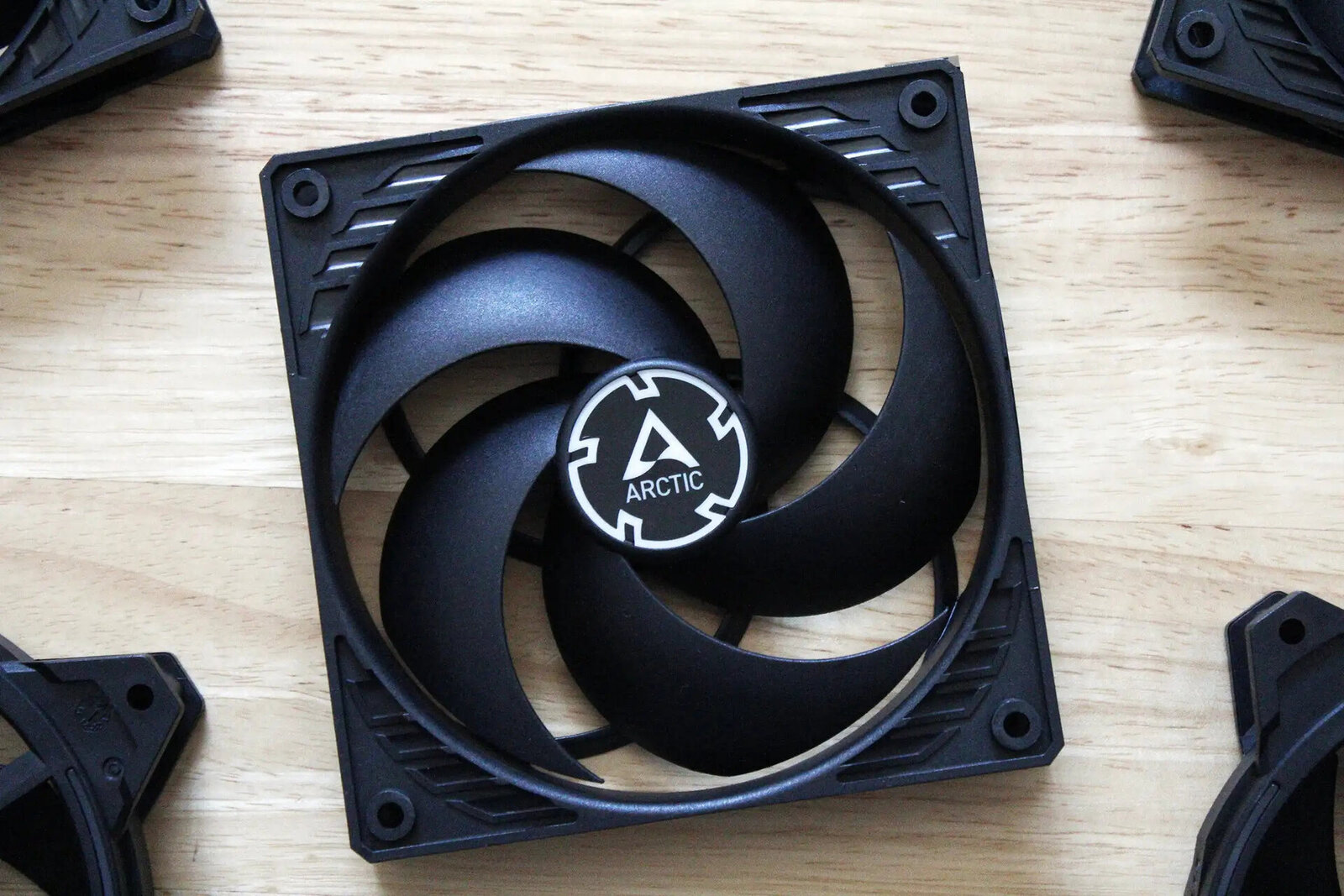
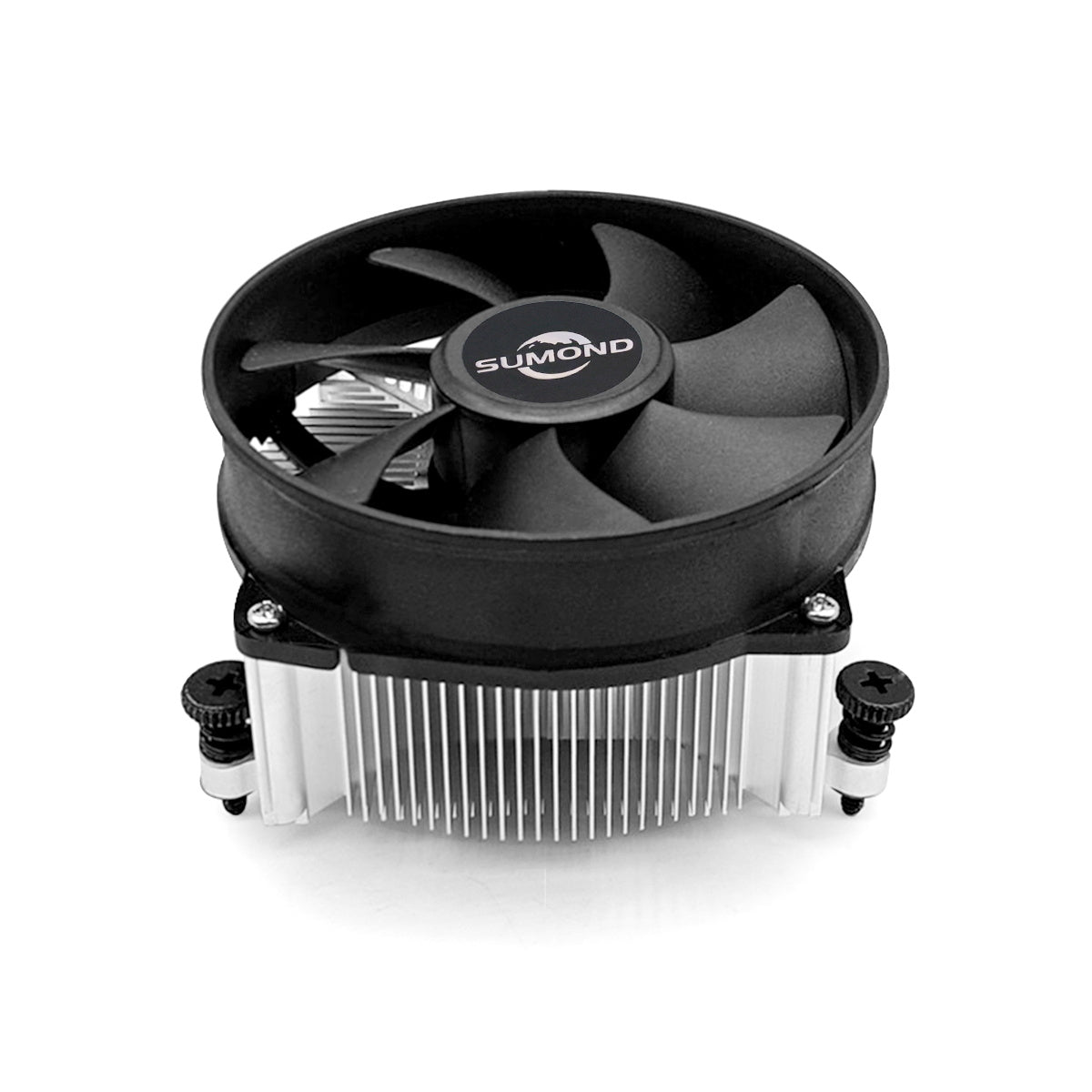


0 thoughts on “How To Make Computer Fan Quieter”